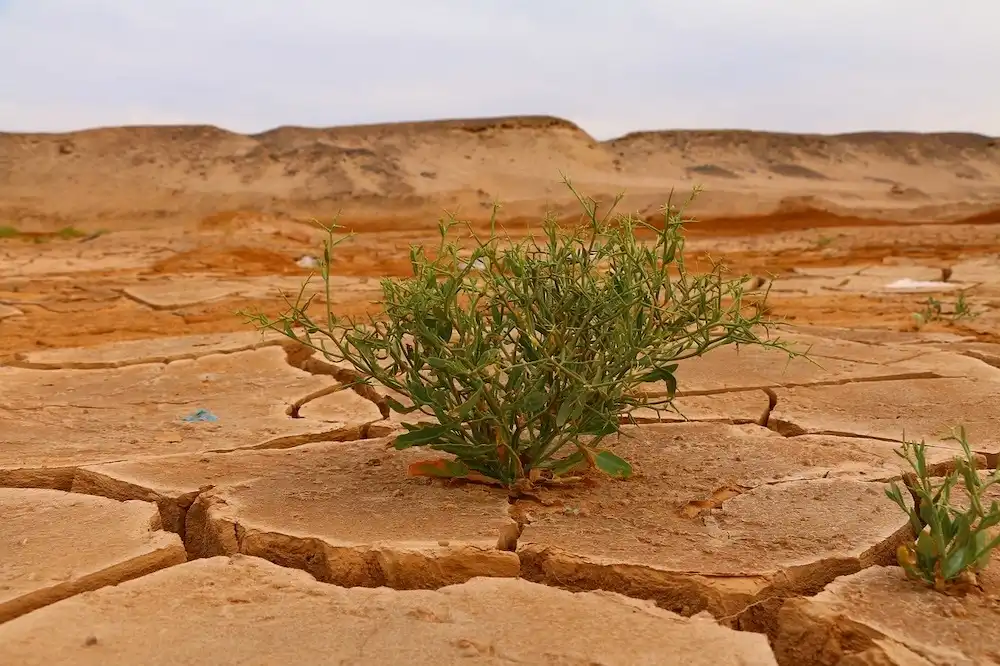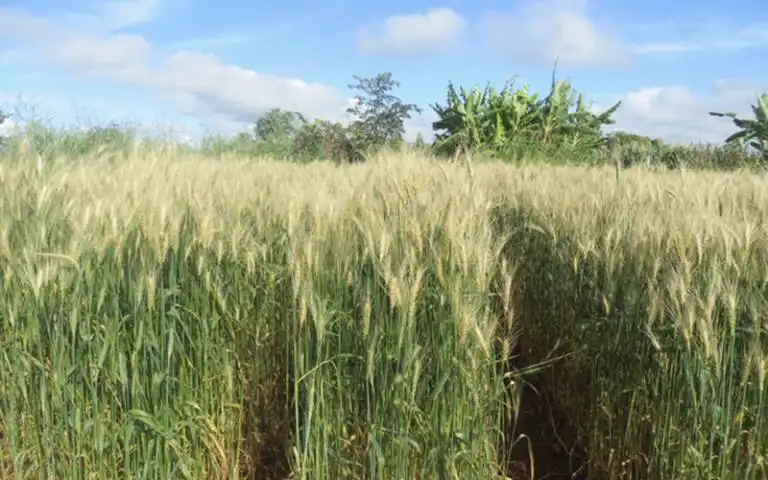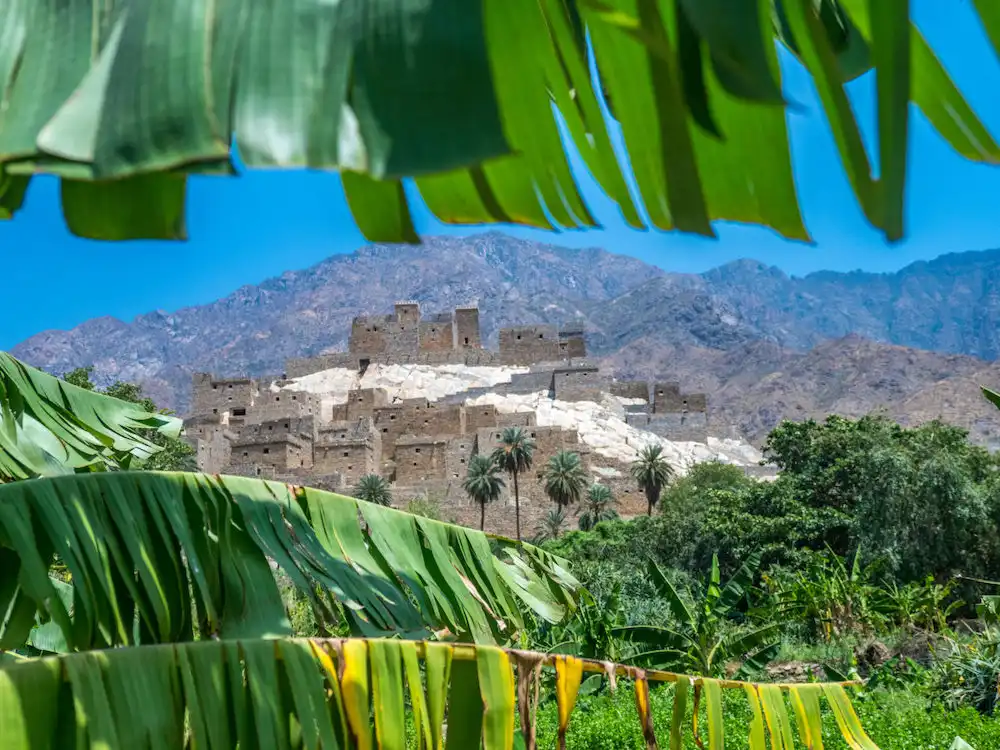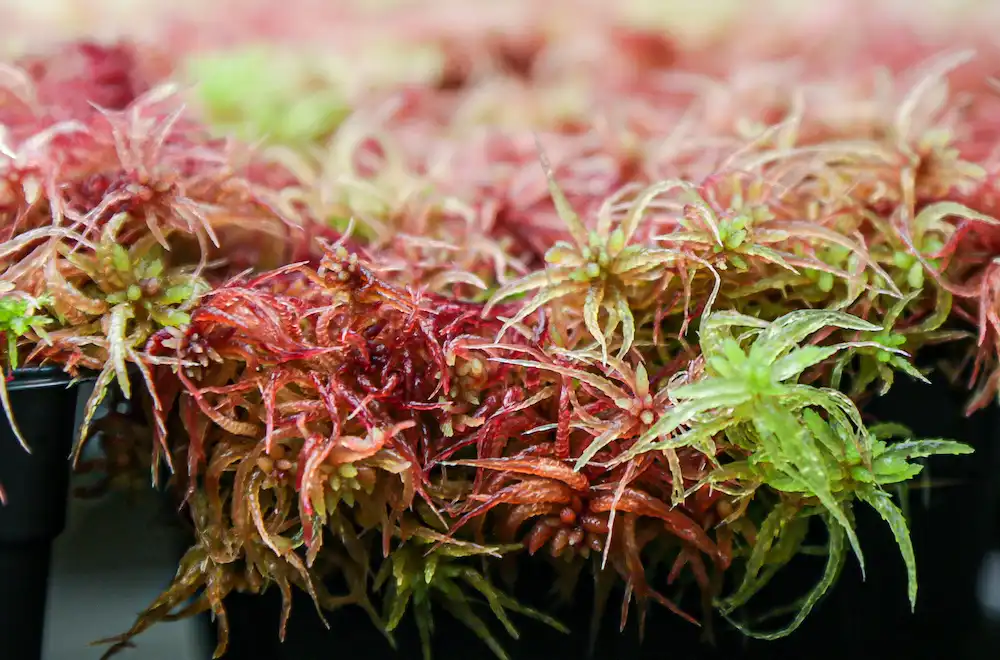
Climate change poses a threat to yields and food security worldwide, with plant diseases as one of the main risks. An international team of researchers has now shown that further spread of the fungal disease wheat blast could reduce global…
Read More











